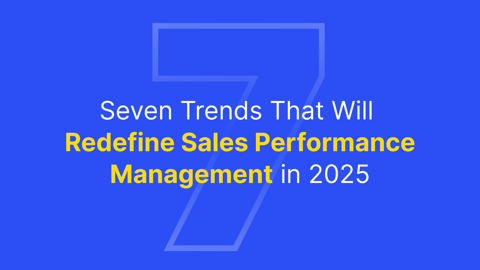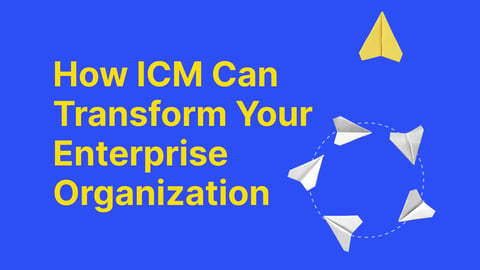Every year, the manufacturing industry continues to increase the amount of money they pump into incentive programs to keep the sales side of the house a happy camper. Throughout the year, companies continually test various cash and non-cash incentives and try to understand which programs have a positive effect on seller motivation and intended outcomes.
The increase in frequency for program rollout puts tremendous pressure on the teams who manage program delivery. However, having a positive impact on performance is easier said than done. So, what do leading manufacturers do to build incentive plans that work?
- KEEP THE SELLER FRONT AND CENTER
- Incentive programs should be inclusive. WorkStride’s research report says, “64% of the incentive programs reward the same rep every time.” These programs are rarely successful if they does not engage the broader sales force. The goal is to have these programs drive motivation not just for a select few, but for the sales force in general.
- They should be simple, clear, and communicated well. If enablement is not right, the seller will not understand the program and will not be able to sell to it.
- They should provide the seller with clear visibility on performance. Reps need to be able to see where they stand and be clear on what they need to do to get to the top.
- PLAN AND MEASURE ACCURATELY
- Performance should be measurable. Manufacturers are getting creative with incentive programs: profit-sharing programs, SPIFs, brand merchandise, gift cards, etc., but if there are no systems to measure performance down to an individual rep accurately, trust in these programs is lost.
- Targets should be individualized and goal-based. While top manufacturers use financial outcome metrics to qualify participants for programs like the top performer awards, the same WorkStride research report states, “44% of the people who run these programs in the channel, cited that more accurate sales tracking systems were needed.” Without this end-user sales data, program administrators must rely on other factors like MBOs to decide performance.
- USE EVIDENCE-BASED PROGRAM OPTIMIZATION
- They leverage advanced analytics and harness the power of AI. Using machine learning, incentive design teams can analyze different incentive scenarios, detect patterns, predict performance, and continuously optimize plans.
Varicent’s Sales Performance Management solution provides the transparency and visibility of individual/team performance against program measures, equipping incentive design teams with rich performance data and sales reps with much-needed clarity. Coupled with augmented intelligence that provides the proof, program administrators can deliver winning incentive programs with confidence.
Want to learn more? Schedule a demo today.




